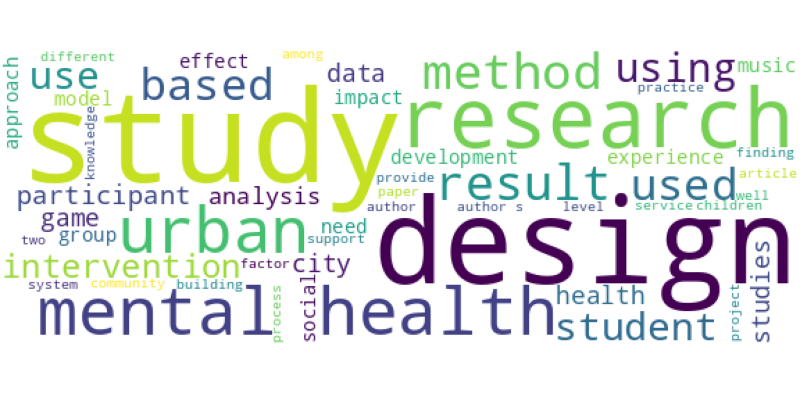| Id | 2882 | |
| Author | Xu Y.; Tian S.; Wang Q.; Zhang Y.; Yuan X.; Ma Q.; Ma H.; Liu C. | |
| Title | Optimization path design for urban travel system based on CO2-congestion-satisfaction multi-objective synergy: Case study in Suzhou, China | |
| Reference | Xu Y.; Tian S.; Wang Q.; Zhang Y.; Yuan X.; Ma Q.; Ma H.; Liu C. Optimization path design for urban travel system based on CO2-congestion-satisfaction multi-objective synergy: Case study in Suzhou, China,Sustainable Cities and Society 81 |
|
| Link to article | https://www.scopus.com/inward/record.uri?eid=2-s2.0-85127175134&doi=10.1016%2fj.scs.2022.103863&partnerID=40&md5=ad6770658f981e3cf1ce78b9a7ff03c8 |
|
| Abstract | The optimization of urban travel system can effectively reduce CO2 emissions and alleviate road congestion. It can also improve resident satisfaction. Thus, a multi-objective optimization model from the government-resident perspective is developed to coordinate the needs of both sides for urban travel system. Meanwhile, a two-step uncertain multi-objective optimization algorithm combining interval-value interaction algorithm and non-dominated ranking genetic algorithm is designed to solve the model. Results showed that in the scenario based on the travel conditions of Suzhou in 2019, shifting the travel mode from Private car, Bike/e-bike to Bus, Metro is the optimal solution. The value of CO2 emissions, Road congestion and Satisfaction are reduced by (-10.63%, -9.66%, -3.15%) in the best case and (-1.56%, -2.72%, -4.33%) in the worst case. To further analyze the effect of policy implementation on optimization results, management group (MG), technology group (TG) and resource group (RG) policies are introduced into the original model. It is found that the average optimization effect of MG is the best, but different policies have emphases on different objectives. According to the optimization features of different policies, a policy implementation path is proposed: MG→TG→RG. The above conclusions can provide theoretical guidance for the optimization of urban travel system. © 2022 |
|
| Keywords | China; Jiangsu; Suzhou; Carbon dioxide; Emission control; Gas emissions; Genetic algorithms; Roads and streets; Traffic congestion; CO 2 emission; CO2 emission reduction; Emission reduction; Multi-objectives optimization; Optimisations; Path design; Road congestion; Uncertain optimizations; Urban travel system; Urban travels; carbon dioxide; carbon emission; design; emission control; life satisfaction; optimization; traffic congestion; urban transport; Multiobjective optimization |
Wordcloud:



